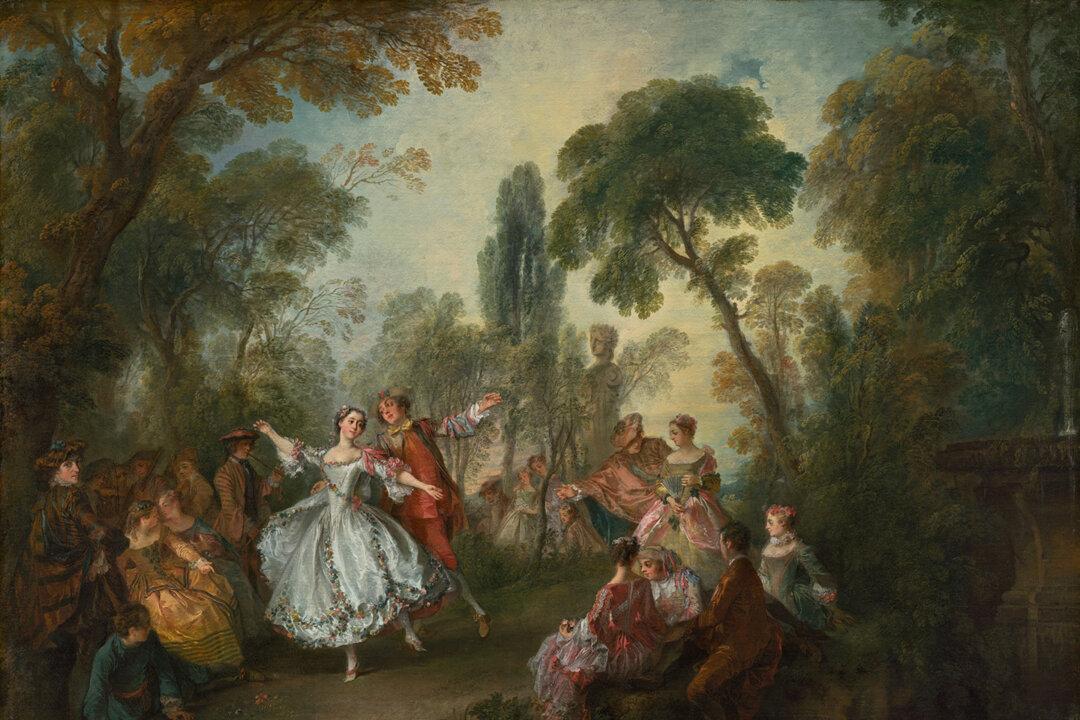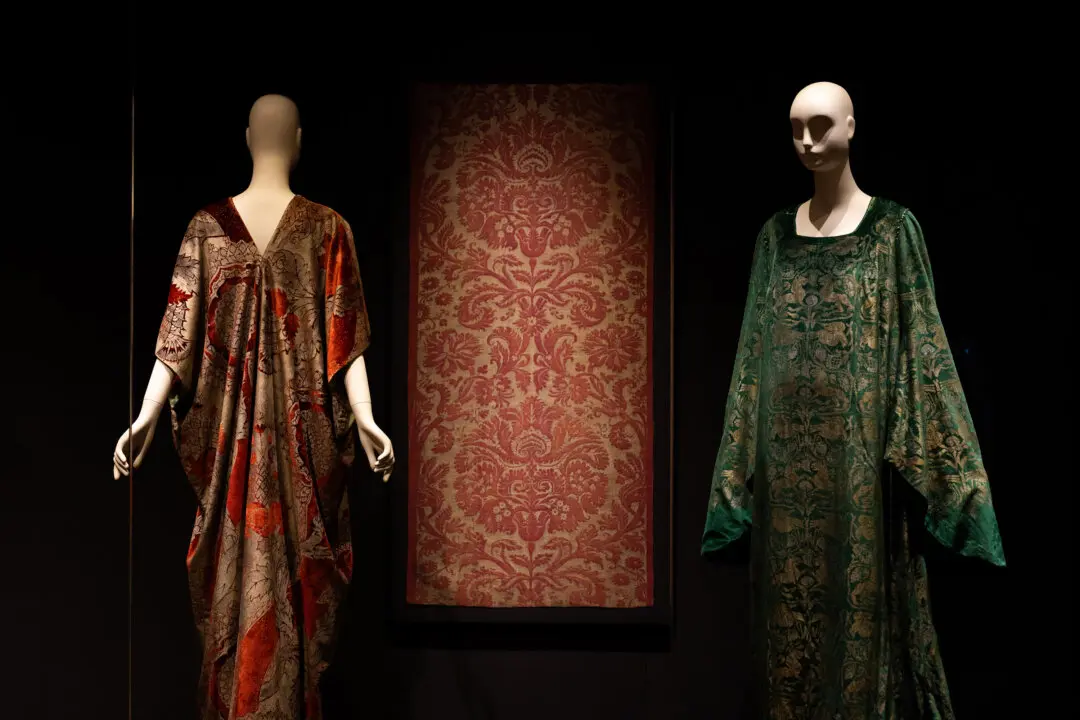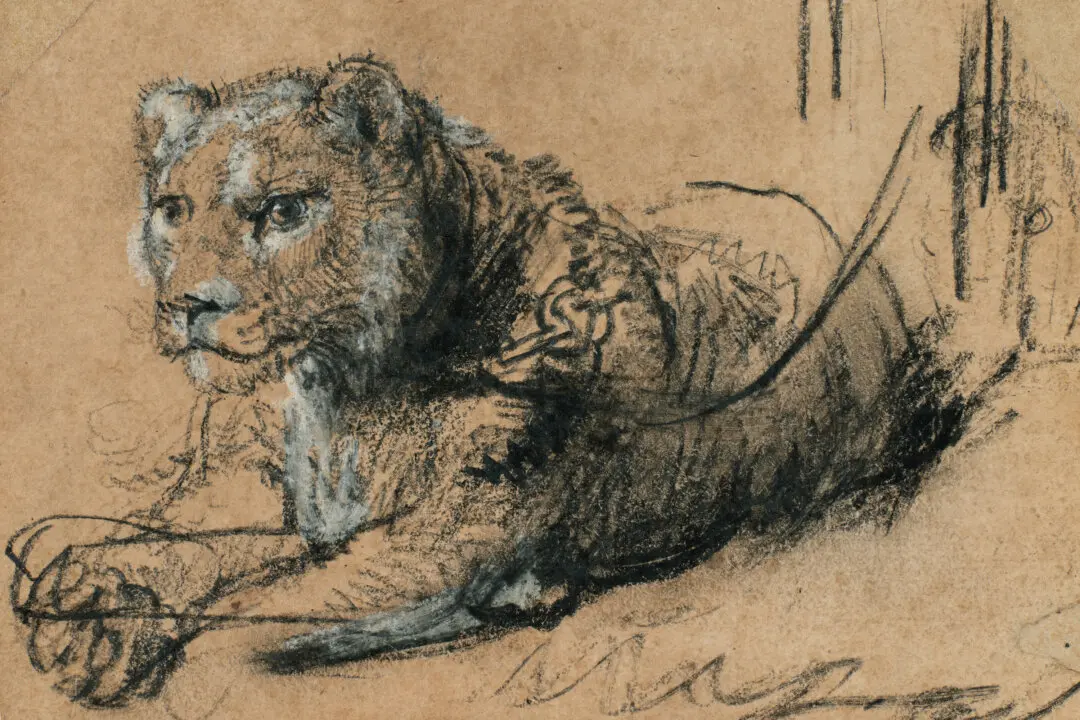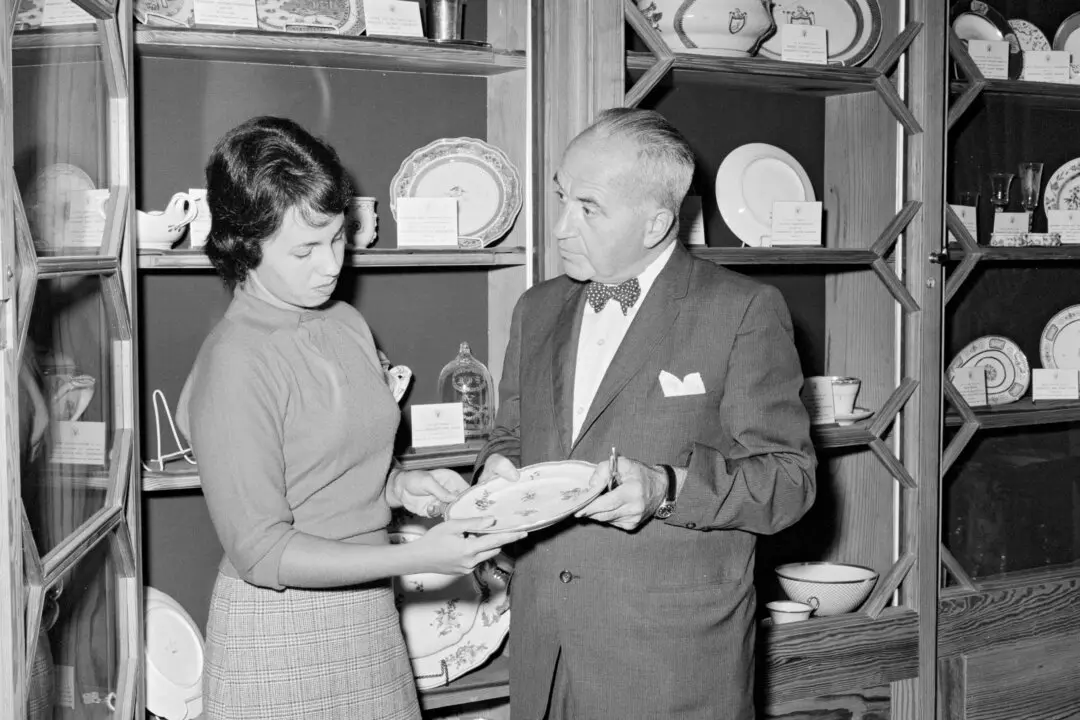Painterly depictions of dance are some of the most beautiful and beloved works in art history. Famous examples portray this theme through different styles, including history painting, portraiture, and genre scenes. They show mythical figures, aristocrats, and commoners engaged in bodily rhythmic movement, a primordial expression of our humanity.
‘A Dance to the Music of Time’
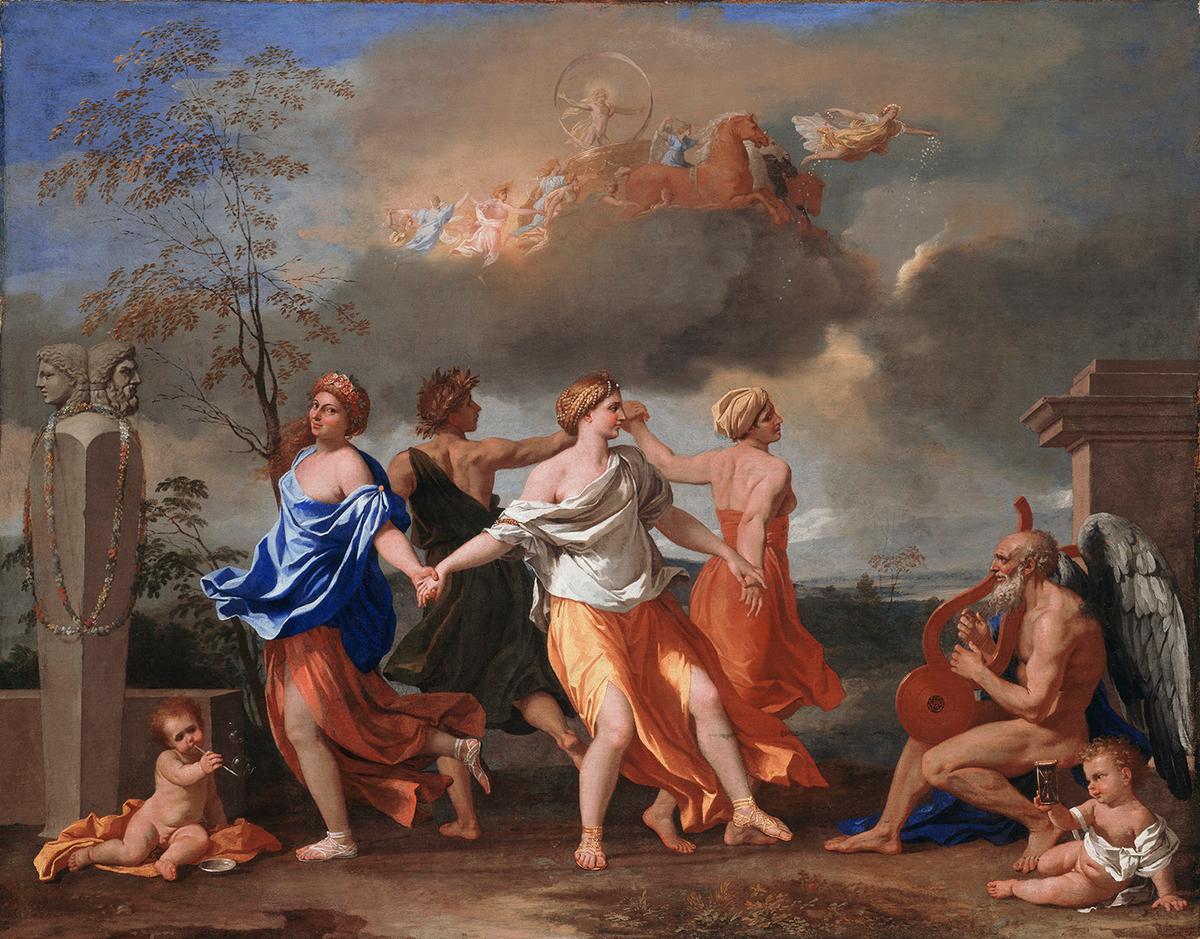
"A Dance to the Music of Time," between 1634 and 1636, by Nicolas Poussin. Oil on canvas; 32.4 inches by 40.9 inches. The Wallace Collection, London. Public Domain

